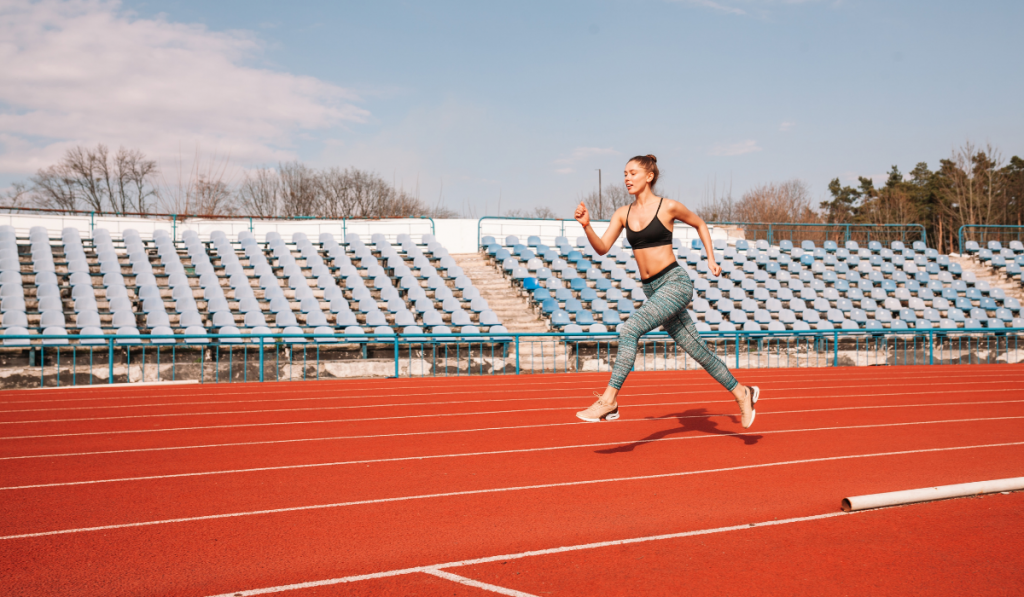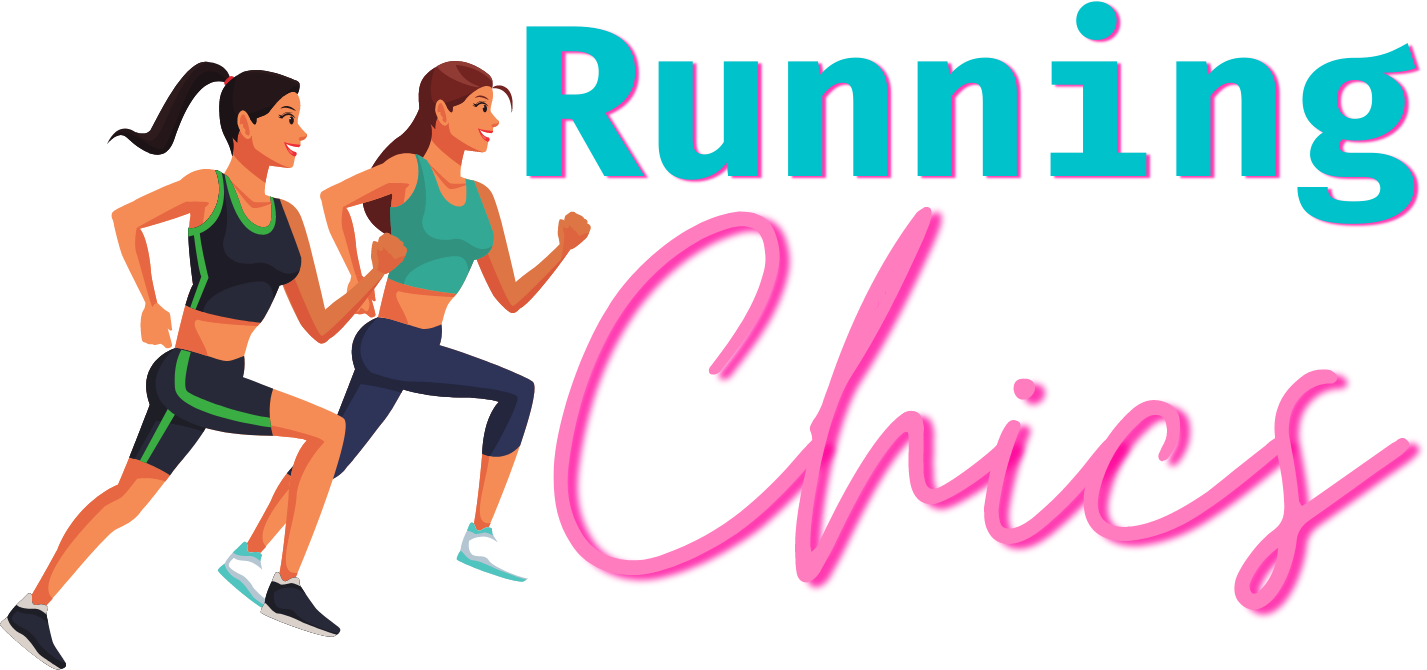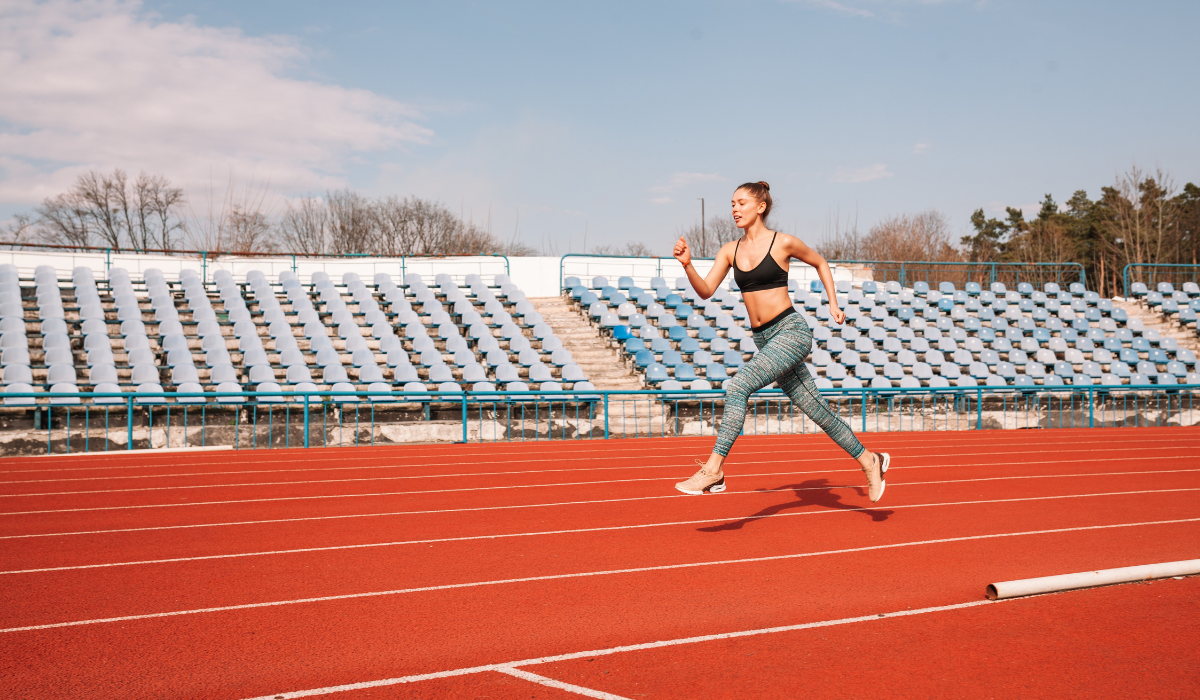Sprinting vs. Running Compared: Which Is Better?
Running and sprinting are high-intensity exercises that use similar muscle groups, but their effects on the body are quite different. Thus, their ideal applications differ. But which of them is better?
Sprinting vs. running: which is better?
Whether sprinting or running is better depends on your goal and your fitness level. Running will most likely be the best option if you have an underlying medical condition. Sprinting might be better if you intend to cover distances within a short time.
We haven’t left you to figure out the best option all by yourself. Below, we run through the specifics of running and sprinting.
When you’ve finished reading, deciding the best option for you should be easy.

Sprinting vs. Running Compared
Below we discuss the differences between running and sprinting.
Duration
The duration of a sprint is at least 20 seconds but generally no more than 3 minutes, whereas the duration of a run can be dozens of minutes.
How the Body Fuels Itself
Running is primarily an aerobic cardiovascular exercise. When running, the body fuels itself by using oxygen-dependent metabolic pathways.
Unlike running, sprinting is mainly an anaerobic exercise. When you sprint, your body depends more on non-oxygen-dependent metabolism, fueling itself by breaking down glycogen.
The cross from aerobic to anaerobic metabolism when sprinting produces a byproduct – lactic acid.
As lactic acid builds up in the body, fatigue, cramps, and a burning sensation in the muscle show up.
This is why it is almost impossible to keep sprinting for extended periods or long distances.
Speed

When you move at a speed that makes you breathe heavily and sweat, you are running.
When people sprint, they move at their top speed.
Distance Covered
Sprinters typically cover short distances – 100 meters, 200 meters, 400 meters, etc. The primary reason for the short duration and short distances is the lactic acid buildup.
As we explained earlier, sprinting pushes the body to fuel itself anaerobically. However, when the body uses anaerobic metabolism, it produces lactic acid.
Lactic acid, in turn, causes fatigue, cramps, and a burning sensation in the muscles. It may also cause stomach pain and nausea.
Of course, with these symptoms, one can only sprint before the lactic acid builds up.
On the other hand, you can cover thousands of kilometers when you run. It all depends on the level of your endurance.

Which Is Better for a Beginner or Someone Inactive for a While?
Running is the better option for someone just starting to get involved in high-intensity exercises.
In fact, before you start running, you should walk first. Then build things up with a walk-jog routine before you finally start running. These steps also apply to someone who’s been inactive for a while.
If you are new to high-intensity exercises or if you have been inactive, bursting into a sprint from the onset will strain your body. You’ll probably run out of breath in a short period.
The bottom line is running is better than sprinting in the early days.

Which Is Better for Someone With Injury or Health Risk?
Sprinting requires you to move at your fastest speed. It pushes your body to its upper limit. So, unsurprisingly, sprinting comes with more risk of injury than running.
When suffering from a joint problem in your lower body, you should avoid sprinting. If you sprint with such an issue, you may worsen the condition.
In the same vein, if you try to sprint having cardiovascular disease, you might put yourself in danger.
Also, if you have a lung disease, running might be better for you than sprinting. Although, jogging is better than running and sprinting in any of these conditions.
But most importantly, check with a physician before starting any new exercise routine.
The bottom line is that sprinting puts your health and body at relatively more risk than running.

Benefits of Running and Sprinting
While sprinting poses more risk than running, both exercises are not without benefits. Interestingly, some of their benefits are similar.
Running and sprinting can help you lose weight by burning fat. However, the rate at which they do so differs.
If you sprint and walk at intervals for a specific time, you will burn more fat than running nonstop for the same period. Basically, sprinting can help burn fat faster than running. Of course, sprinting can result in fatigue or exhaustion.
Running for around 45 minutes or more (long slow runs) can help your body learn to use more fat as fuel in place of carbohydrates. In other words, running can help your body fuel itself better.
If you fancy an overall improvement in your physical health, adding both sprinting and running to your routine is better.
Final Thoughts
Running is better than sprinting if you’re starting a new program or returning to a routine after a long break.
Running may also be better than sprinting if you have a bone, lung, or heart disease. Of course, in such cases, you should seek professional advice.
Sprinting is better for losing more fat in a shorter time. And a mix of sprinting and running is ideal for overall physical improvement.







